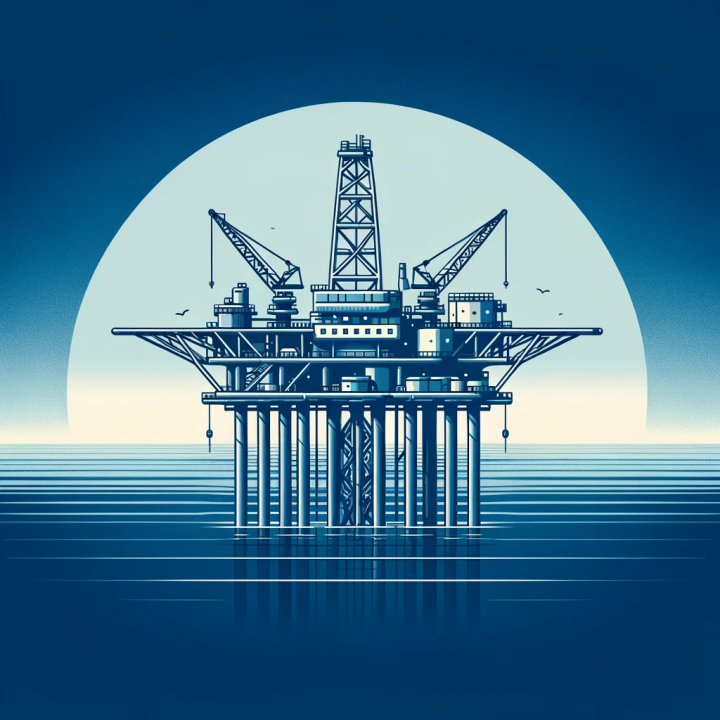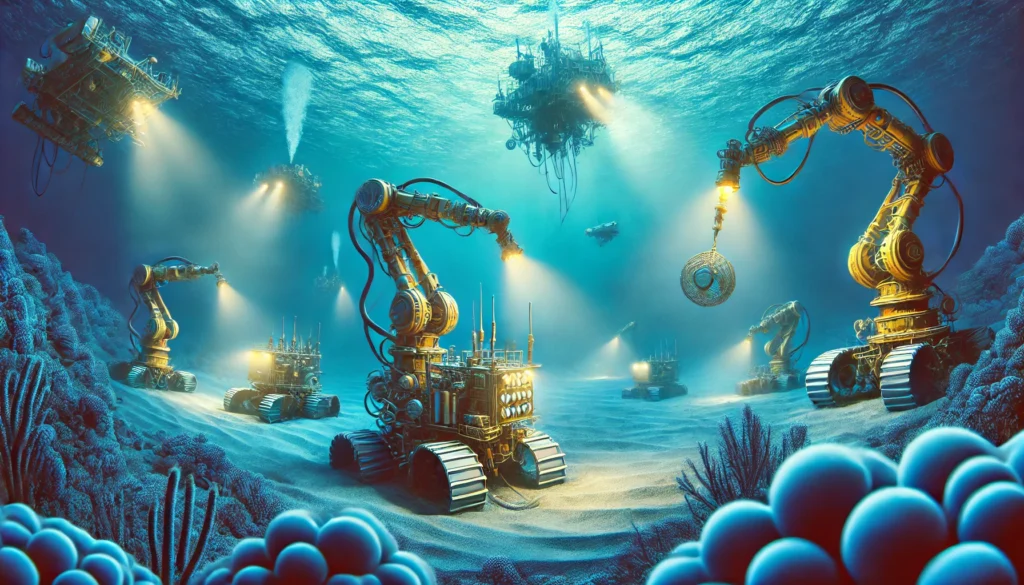Introduction Deep offshore technology
Deep offshore technology is a marvel of modern engineering, playing a crucial role in meeting the world’s growing energy demands. This technology enables the exploration and extraction of oil and gas from deep beneath the ocean’s surface. As we dive deeper into the 21st century, the significance of this technology cannot be overstated. It exemplifies the brilliance of human innovation and our unwavering quest to harness resources for advancement.
Historical Background
The history of offshore technology is a journey of innovation and adaptation. The first attempts at offshore drilling were made in the late 19th century, with wooden platforms used in shallow waters. These early efforts were rudimentary but laid the groundwork for future advancements.
By the mid-20th century, steel structures replaced wood, allowing for more stable and deeper drilling operations.The 1940s marked a significant milestone with the development of the first submersible drilling rigs. These rigs could operate in deeper waters, pushing the boundaries of offshore technology. The 1960s and 1970s saw the advent of floating platforms and semi-submersible rigs, which could operate in even deeper waters and more challenging conditions.
Key Components and Techniques
Modern deep offshore technology encompasses a range of sophisticated components and techniques designed to tackle the unique challenges of the deep sea.Drilling Rigs and Equipment: The backbone of deepwater operations, drilling rigs come in various forms, including drillships, semi-submersible rigs, and jack-up rigs. These rigs are equipped with advanced dynamic positioning systems that keep them stable in the water, even in harsh weather conditions.
The drilling process itself has evolved with techniques like extended-reach drilling, which allows for drilling wells at greater distances from the rig.Subsea Production Systems: These systems are essential for extracting and transporting hydrocarbons. These systems consist of subsea trees, manifolds, and flowlines that regulate the movement of oil and gas from the well to the surface Advances in subsea technology have made it possible to operate in water depths exceeding 3,000 meters (10,000 feet).
Floating Production Storage and Offloading (FPSO) Units: FPSOs are floating vessels used to process and store oil and gas. They are particularly useful in remote locations where traditional pipelines are not feasible. These units can process and store large quantities of hydrocarbons, making them an integral part of deepwater operations.

Technological Innovations
The continuous evolution of deep offshore technology has led to numerous innovations that enhance efficiency, safety, and environmental sustainability.
Managed Pressure Drilling (MPD): MPD is a sophisticated drilling technique that precisely controls the pressure within the wellbore. This reduces the risk of blowouts and other drilling hazards, making operations safer and more efficient.
Extended-Reach Drilling (ERD): ERD allows for drilling wells at greater horizontal distances from the rig. This technique is particularly useful in accessing reservoirs that are located far from the drilling platform, reducing the need for multiple drilling locations.
Remote Operated Vehicles (ROVs): ROVs are underwater robots used for inspection, maintenance, and repair of subsea infrastructure. These versatile machines can operate in extreme depths and conditions, providing real-time data and reducing the need for human divers.
Enhanced Oil Recovery (EOR): EOR techniques, such as gas injection and chemical flooding, are used to maximize the extraction of oil from reservoirs. These methods improve the efficiency of oil recovery, extending the life of deepwater fields.
Environmental and Economic Considerations
While deep offshore technology offers significant economic benefits, it also raises environmental and safety concerns. The Deepwater Horizon oil spill in 2010 highlighted the potential risks associated with deepwater drilling. As a result, the industry has implemented stricter regulations and developed new technologies to prevent and mitigate such incidents.
Economic considerations also play a crucial role in the development of deep offshore projects. The cost of deepwater drilling is substantially higher than onshore or shallow water drilling. However, the potential rewards are significant, as deepwater reservoirs often contain large quantities of oil and gas. Companies must balance these costs with the potential for high returns on investment.

Future Prospects
The future of deep offshore technology is promising, with ongoing research and development aimed at overcoming existing challenges and unlocking new opportunities. Advances in artificial intelligence (AI) and machine learning are expected to play a crucial role in enhancing the efficiency and safety of deepwater operations. AI can be used to predict equipment failures, optimize drilling processes, and improve decision-making.
In addition, the industry is exploring renewable energy sources, such as offshore wind and wave energy, as part of a broader shift toward sustainable energy production. Integrating these technologies with traditional offshore oil and gas operations could create new opportunities for energy production in the deep sea.
Conclusion
Deep offshore technology represents a remarkable achievement in human engineering and innovation. It has enabled the exploration and extraction of valuable resources from beneath the ocean floor, contributing significantly to global energy supplies. As technology continues to evolve, the potential for deep offshore operations to meet the world’s energy needs will only grow. By balancing economic, environmental, and safety considerations, the industry can continue to unlock the treasures of the deep sea and ensure a sustainable energy future.
Deep offshore technology is a testament to human ingenuity and the relentless pursuit of energy resources. By pushing the boundaries of what is possible, this technology has unlocked vast reserves of oil and gas beneath the ocean’s surface. The innovations and advancements in drilling, production, and safety techniques have made deepwater operations more efficient, safer, and environmentally responsible. As the demand for energy continues to rise, deep offshore technology will play a pivotal role in meeting these needs while ensuring sustainable practices. The future of deepwater exploration holds great promise, with ongoing research and development paving the way for new opportunities and breakthroughs.










